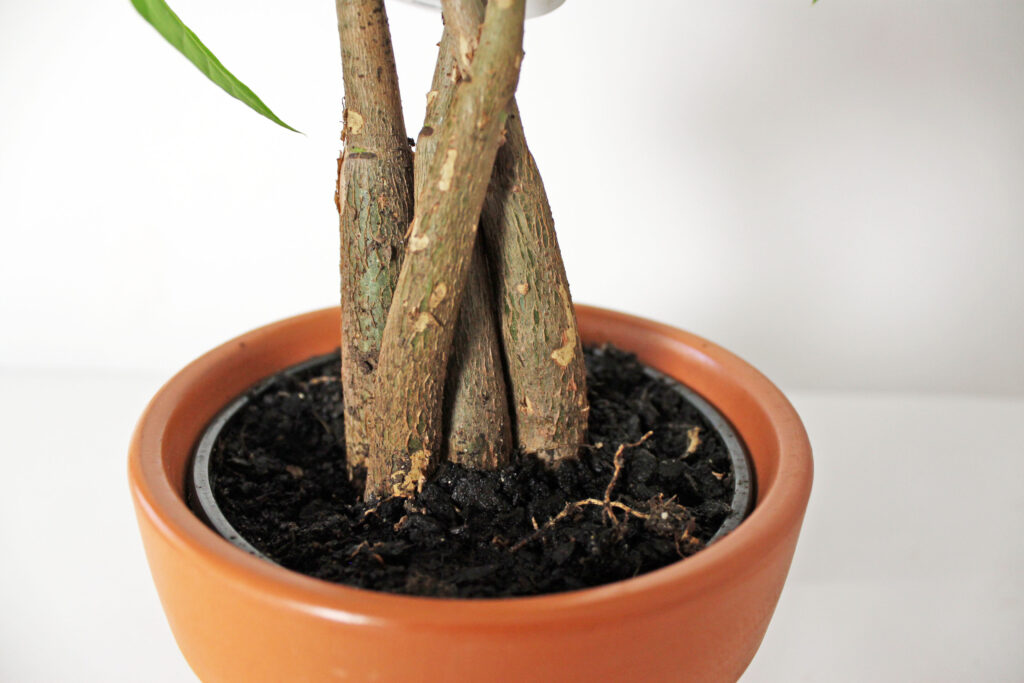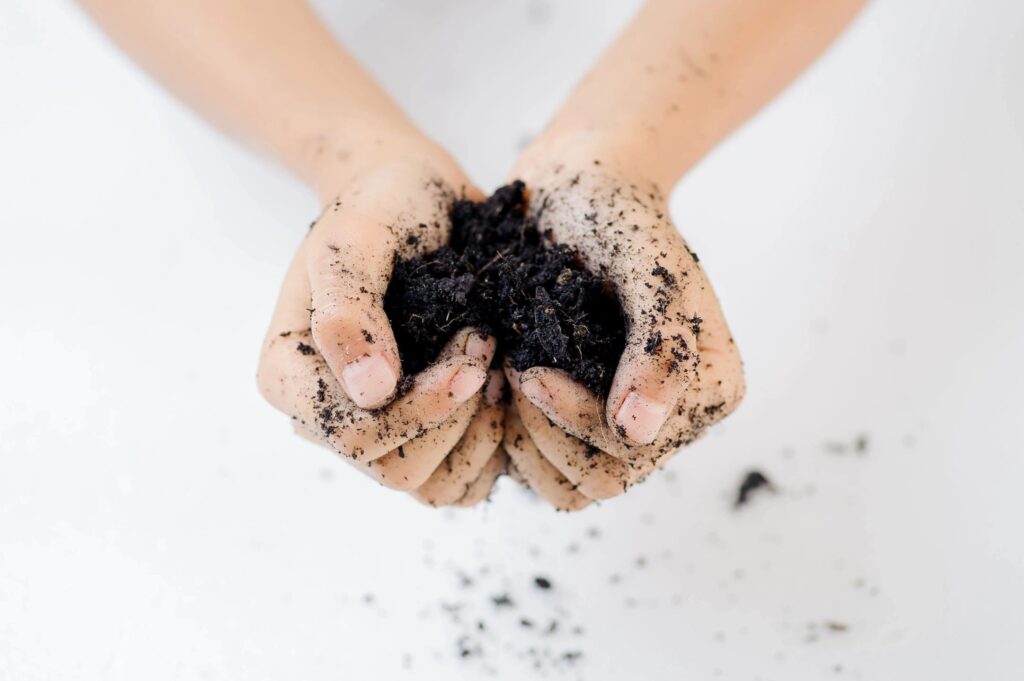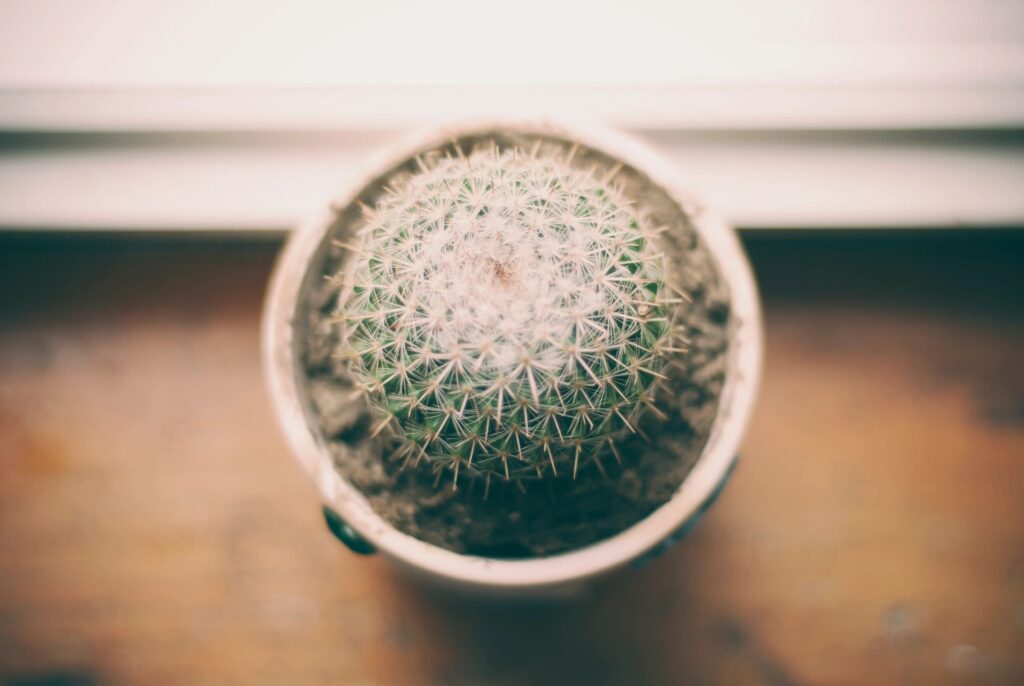
Luckily, when you bring your plant home from the store, the soil is usually balanced to ensure that the plant stays happy and healthy well after being shipped and waiting in the store for someone to take it home. However, after a while you may decide to refresh the soil or repot your houseplant altogether. We are going to explore some options to make this a smooth transition and set your plant up to thrive!
If you’re short on time and maybe aren’t keen on experimentation, there are plenty of readymade potting mixes in stores. There are cactus and succulent mixes, tree mixes, flower mixes, vegetable mixes, and many more. So feel free to play it safe with one of these varieties.
Tip: Potting mix and potting soil are different! Potting soil is better suited for outdoors, while potting mix is less dense, fluffier and maximizes aeration and drainage ability. This mix often contains wood fiber and coconut fiber.
However, if you’re ready for a challenge, we’ve got some guidelines for amending your soil!
First, decide if you are going for a total repot or just adding amendments. If it’s a repot, Check out our post on Repotting Your Houseplant and then come back here to learn more about soil choices!
Next, consider what a plant needs. For almost all plants, it is important for plant roots to breathe, have access to food and water and have a good balance between drainage and retention.
Of course, different plants will have different preferences, so it’s best to look up your specific plant to see what is recommended. For example, your cactus will want some excellent drainage, so sandier soils with larger particles for water to pass through is best. Fortunately, most houseplants will settle for and appreciate a humble blend of several soil additives.
Now aside from what the Internet says your plant wants, you also need to look at the plant in front of you! How are the leaves? Yellowing or crispy? Is the soil hard or saturated? If you’ve ruled out watering and light issues, the problem may be in the soil, and you should read on!
Water and Nutrient Drainage/Retention

Let’s look at some common soil amendments and how they can help your houseplant or outdoor plant make sure it’s getting the right amount of water and holding onto its food!
Perlite
Perlite is a type of volcanic glass saturated with water. It is light, white and resembles Styrofoam. Perlite is a go-to for improving drainage in both indoor and outdoor plants. It has a neutral pH level, retains its shape and is very porous. It has the handy ability to retain some water while allowing the rest to drain.
Fun fact: If you aren’t wanting to do a whole repotting process, you can also just sprinkle some perlite on the top layer of your plant’s soil and it will work its way down over time, improving drainage.
Peat Moss
Peat moss is made up of dead fibrous material that forms when mosses and other living material decompose. This will help your plants retain moisture! Peat Moss has an acidic pH, doesn’t compact or break down easily, holds several times its weight in moisture and can release that moisture to the plant’s roots as needed. It also holds onto nutrients so that they don’t rinse out of the soil when you water the plant. But peat moss alone may drown the plants, so it should only make up between one-third to two-thirds of the total volume of the mix. Is your soil is often dry and crusty? It’s likely not retaining enough water and could use some peat moss!
Vermiculite
Like perlite, vermiculite is an effective soil conditioner that can loosen compacted soil, provide drainage, and hold three to four times its weight in water. However, vermiculite has a higher water-holding capacity than perlite. So for houseplants, perlite may be the better option for proper drainage. Consider vermiculite if you’re repotting outdoor container plants or if you garden in a dry climate.
Pumice
Pumice is a lightweight volcanic rock that is made up of tiny air bubbles (maybe found as a stone in your shower). Pumice is another alternative to perlite for improving drainage in your plant but is also really good at maintaining soil structure. It can both reduce water runoff by increasing soil absorption in sandy soils and absorb excess moisture so roots don’t rot.
To sum up, figuring out where your current soil falls short is the most important factor for choosing amendments. Is it constantly damp? Add sand, perlite, pumice, or vermiculite to increase drainage and aeration. Does your plant dry out quickly… too quickly?! Add some clay, peat moss, and/or organic matter to help retain water between waterings.
Fun fact: Organic matter also acts as a fertilizer to help maintain nutrient levels. (More on making your own organic matter through composting in our next blog post!).
How to Mix it Up
Whether you are repotting or just want to jump start your plants growth, it’s recommended to switch out at least one-third of the current soil.
Once you choose the amendments you think will best help your plant, a good rule of thumb is to use equal parts of these materials. Although, feel free to try out different recipes and see how it goes! Just make sure to blend your creation well before adding it to the pot.
Personally, I like to start with a store-bought potting mix and add amendments depending on the plant I’m working with. My succulents? I’ll mix in a hearty helping of perlite (sometimes even pebbles for extra drainage). For my perpetually dry ficus, I’ll add in just a small handful of perlite and a generous portion of peat moss to help keep the soil hydrated between waterings.

And that’s it! Easy peasy. Even just a little amendment to your soil can make for a very thankful plant and you should see the results of your efforts rather quickly!
If you’ve stuck with me through the series, I’d say you are now a pretty capable plant owner! We’ve explored the main factors that affect your houseplant: water, light, and soil. We hope we were able to provide some insight on your plants’ likes and dislikes and that you now have all the know-how to help your plants thrive for years to come!
